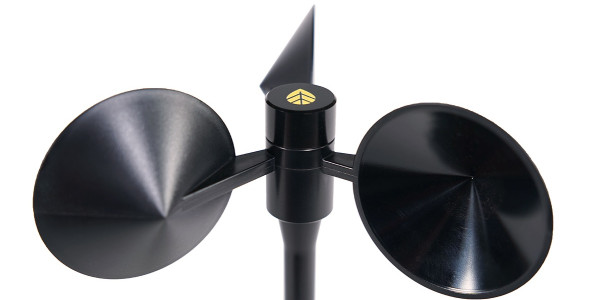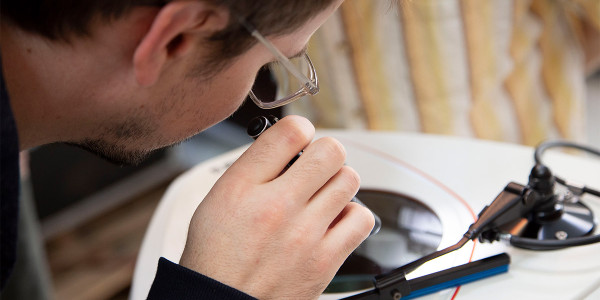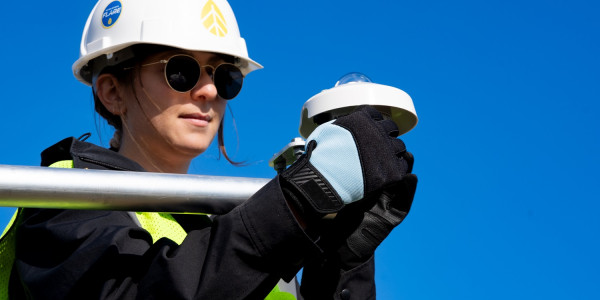January 25, 2011
If you want to get a good ROI then you need a good PPA for which you will need a low LCOE, which will require a low CPKw, a high NCF and low O&M. Got t?
One could be forgiven for not getting it, but there is meaning in the alphabet soup and it is driving the increasingly competitive market for wind turbines. The Return On Investment ( ROI) of a wind power plant, in fact any power plant, depends on the profit from the price of energy in the Power Purchase Agreement (PPA) above the 20 year Levelized Cost Of Energy (LCOE). The LCOE is a function of the capital cost of the equipment, Cost per Kilowatt (CPKw), its performance, Net Capacity Factor (NCF) and the Operation and Maintenance Costs (O&M). Notably absent from this equation for a wind power plant is fuel cost, which is why we love these things so much.
The East-West Competition
In the past three years Chinese and Indian manufacturers have emerged on the world stage with utility scale wind turbines at a CPKw almost 30% below that of the European and North American manufacturers. However, as noted above, CPKw is not the entire story. At present, the European and North American turbines have higher NCF’s and lower O&M costs because they are more efficient and more reliable. That 30% disadvantage in capital cost can be overcome by a 10% improvement in NCF. Of course the Asian manufacturers will not stand still. They will improve their designs and their quality increasing their costs marginally, and the Europeans and North Americans will refine their designs and streamline their processes reducing the cost differential. Over the next few years we can expect that 30% difference to narrow somewhat, but not to disappear. Clearly, the competition for market share will be fought around the parameters of performance, reliability and maintainability – NCF and O&M.
Net Capacity Factor: efficiency, effectiveness and availability
If we look more closely at NCF we see that it is a function of turbine efficiency, effectiveness and availability. The turbine’s efficiency is determined by its ability to extract the maximum energy available in the wind at that moment. The more efficient the rotor, drive train and generator, the more energy is extracted from the available wind. There are, however, physical limits to how efficient a turbine can be and many believe we are close to those limits and efficiency improvements will not be determinant. But that is not the whole story.
Effectiveness
The wind, of course, is highly variable in speed and direction, so NCF also depends upon the effectiveness of the turbine in responding to that variability through blade pitch, load management and orientation. The faster and more accurate the response, the more energy is captured. The good news is that there is vast room for improvement in this parameter. We already know that turbine response in all three dimensions lags the variability in the wind resource, but new technologies such as nacelle-mounted lidar are emerging, which will create opportunities to significantly improve this response and in fact anticipate the wind variability — significantly improving turbine effectiveness. Incidentally, these same technologies may one day permit substantial reduction in the turbine structure itself and thereby reduce CPKw.
Availability
Availability is the third leg of NCF because the turbine does not just need to extract energy efficiently and effectively in this moment, hour, day or week, but it must do so over its entire 20-year design life. Availability is simply the measure of how many of the available hours in a year the turbine is operational, up-time divided by total time. This metric is driven largely by reliability – Mean Time Between Failures (MTBF). Currently the European and North American turbines have longer MTBF than the Asian turbines. This advantage will not stand for long without advances in design such as direct drive and the implementation of new control optimization technologies such as lidar, which enhance reliability.
Operation and Maintenance
The final piece of the LCOE equation is O&M cost. This is a function of MTBF of course, the more frequent the failure the higher the cost of operation and maintenance. Improvements in design and quality and turbine control will improve reliability and drive O&M cost down. However, the other element to managing O&M cost is the management of the maintenance cost itself. Typically there are two maintenance strategies – regular scheduled preventive maintenance, and maintenance to repair failures. In the first case, one may be spending a lot of money doing maintenance that is not required. In the second, one may be spending excess money repairing failed components, which would not have failed had the first failure been prevented. A third emerging strategy (long common for aircraft) is to monitor the condition of critical components, anticipate when failure is imminent and make the repair and spend the money only when it is necessary. CMS (condition monitoring systems) are designed to provide this information to the operator. CMS are becoming more sophisticated in their ability to predict the time to failure and permit scheduling of maintenance when it is required by the turbine and convenient for the operator. Such systems promise to reduce O&M costs significantly on new turbines and are likely to become standard on turbines in the future.
At the end of the day, all of us in the wind energy supply chain are committed to maximizing our customers’ ROI by delivering reliable energy at the lowest possible LCOE, through minimizing CPKw, maximizing NCF and minimizing O&M. Enjoy the soup.





